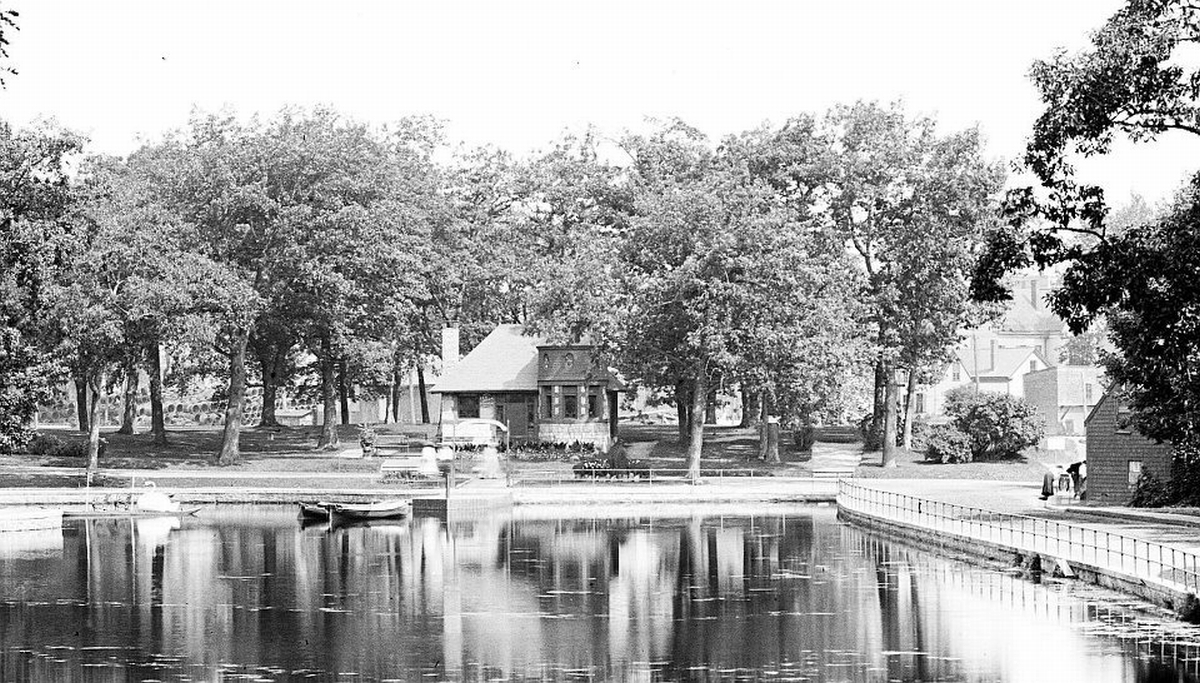Portlander
Senior Member
- Joined
- Apr 14, 2010
- Messages
- 2,882
- Reaction score
- 6,342
Corey, the shot looking down Congress (pre Time & Temperature Building, 1924) is great. Were there any other similar Congress Street photos?




Patrick, you are correct. It was the First Baptist Church and there was a popular sub shop close to it that I think was called Somma's.

Seeing the context around Lincoln Park to its current surroundings is pretty sad. Of course, the loss of all the graceful elm trees seen in old photos like this--in parks as well as along streets--shows the impact that good urban trees can have in making a city more attractive.
I'm also particularly sad to see photos of the grand, old train stations in cities like Portland or Manchester. It's an unbelievable shame that people didn't see the value in these buildings, either for adaptive reuse, or better yet as modern transit hubs. In Manchester, I know that Union Station was demolished by B&M over the objections of the mayor at the time. I wonder how many other cities had similar struggles over private ownership of prominent landmarks.

Union Station, Manchester, NH, demolished ~1962
Finally, in response to the Right of Way's assessment of the Baxter Block, I wonder what the prospect of partial restoration would be. Obviously, the tower is gone and would be very costly and difficult to accurately replace, but depending on how the stucco facade was applied, some of the elegant old details might be hiding underneath. It's impossible to say for sure, but unlike when Victorian details are hacked off wooden buildings for vinyl siding, the stucco may have been applied on strapping or something right over the original facade.
That's a great building, and the story behind is good to know, too--I feel like almost every nice building in a city like Portland or Manchester has at one time fallen into disuse or been a warehouse or something like that, before being restored. I've never actually walked by the engine house, but the India Street area is one of--among many--my favorite areas of Portland. I love how it's just slightly off the beaten path, but wedged between the Old Port and busier areas, and Munjoy Hill. I had no idea that was the original downtown.

Found this photo in the Congress Square Plaza Re-design Initiative TaskForce (that's a mouthful) presentation. (link to site) Looks like it's from the 60's?

I live across from the Gateway Garage so it's especially intriguing to me. It's interesting that there was a hotel drop off area at the rear of the hotel.
Looking at that Union Station photo makes me wonder, if that large grassy area in the background isn't Forest City Trotting Park, which stood at one time around the end of what is now Davis St., in the Thompson's Point area.
There was some industrialization in the area where the jail (or its dooryard) is now; in the late 60's / early 70's, UPS had its Maine headquarters there, before they built the monstrous facility in South Portland.
